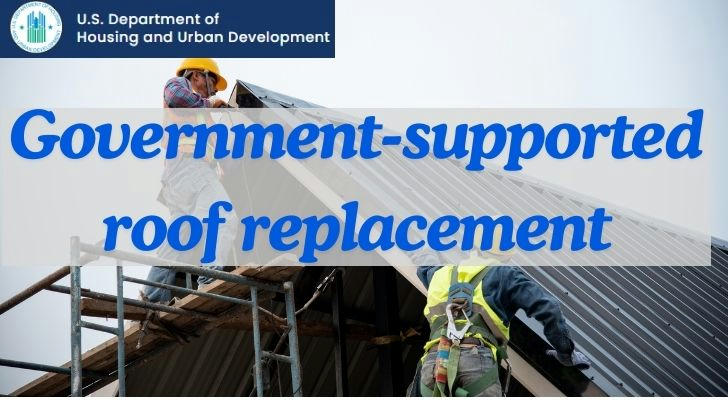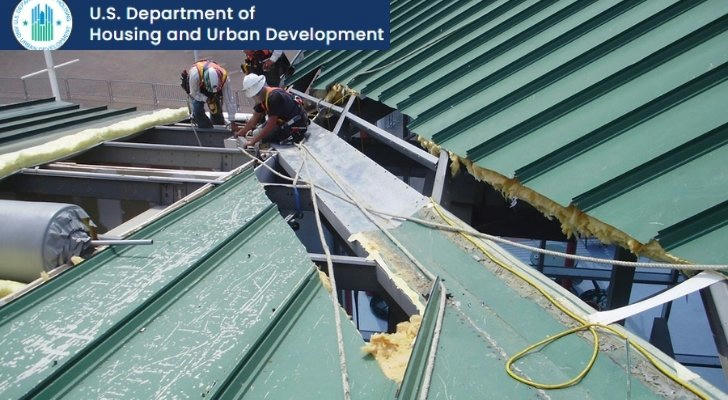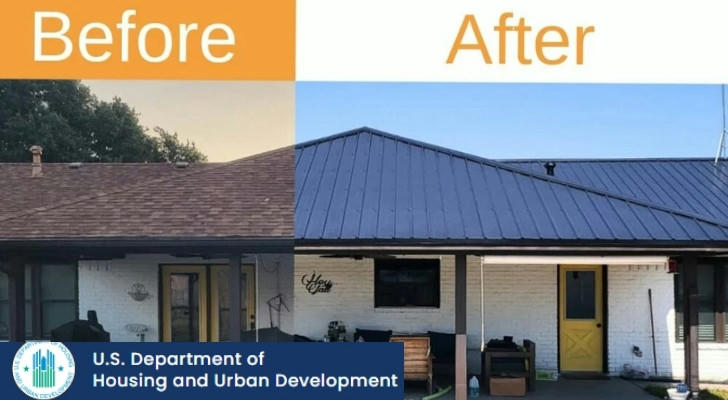Government-Supported Roof Replacement Programs
A sturdy roof is essential for any home, but roof replacement can be expensive, especially for seniors, low-income families, and individuals with disabilities. Thankfully, several government programs offer assistance to help homeowners with the cost of roof replacements and improve energy efficiency.

Neglecting roof maintenance can lead to a host of problems, including:
Neglecting roof maintenance can lead to a range of issues that significantly affect both the structure and safety of a home. Water infiltration from a compromised roof can weaken the overall structural integrity, often resulting in costly repairs. For instance, repairing water-damaged beams can cost upwards of $3,000. Moreover, moisture intrusion can foster mold growth, which poses serious health risks to residents, particularly those with respiratory conditions. Mold removal can cost between $500 to $6,000, depending on the severity. Additionally, a damaged roof can compromise a home's insulation, forcing heating and cooling systems to work harder to maintain a comfortable temperature, leading to a 10-20% increase in energy bills.
Government-Supported Programs Offering Roof Replacement Assistance
To alleviate these concerns, several government initiatives provide financial assistance for roof replacements:
1. Weatherization Assistance Program (WAP)
Administered by the U.S. Department of Energy, WAP aims to improve the energy efficiency of homes for low-income households.
- Eligibility: Varies by state but generally targets households at or below 200% of the federal poverty level.
- Benefits: Participants receive services such as insulation, heating and cooling system improvements, and necessary structural repairs, including roofs.
- How to Apply: Contact your state's weatherization agency or visit the Department of Energy's WAP page for more information.
2. Single-Family Housing Repair Loans and Grants (Section 504 Home Repair Program)
Offered by the U.S. Department of Agriculture (USDA), this program provides loans and grants to very low-income homeowners
- Eligibility: Homeowners must be unable to obtain affordable credit elsewhere and have a family income below 50% of the area median income. For grants, applicants must be 62 years or older and unable to repay a loan.
- Benefits: Loans up to $20,000 and grants up to $7,500 are available.
- How to Apply: Contact your local USDA office or visit the USDA's website for application details.
3. Community Development Block Grants (CDBG) Managed by the U.S. Department of Housing and Urban Development (HUD).
- Eligibility: Determined by local jurisdictions, typically focusing on low- and moderate-income households.
- Benefits: Funding amounts and specific services vary by community.
- How to Apply: Contact your local municipal or county government housing department to inquire about available programs.

Steps to Access Roof Replacement Assistance
Follow these steps to qualify for the program:
- Assess Eligibility: Review the specific requirements of each program to determine your eligibility based on income, age, disability status, and location.
- Gather Documentation: Prepare necessary documents such as proof of income, homeownership, identification, and any other required paperwork.
- Contact Relevant Agencies: Reach out to local or state agencies administering the programs to obtain detailed information and application forms.
- Submit Applications: Complete and submit applications as per the guidelines provided by each program. Ensure all required information is included to avoid delays.
- Follow Up: After submission, maintain communication with the agency to track the status of your application and provide any additional information if requested.
Real Stories: Homeowners Who Benefited from Roof Replacement Programs
Case 1: Mary's Story: A Lifeline for a Retired Teacher
Mary, a 72-year-old retired teacher from Ohio, had been living in the same house for over 40 years. When she noticed water leaking into her attic during heavy rains, she feared the cost of repairs would be beyond her limited pension. Through the Weatherization Assistance Program, she was able to receive a roof replacement valued at $8,000, along with additional insulation worth $2,000 to help lower her heating costs in winter.
Case 2: James and Lisa: Protecting Their Family’s Future
James and Lisa, a young couple with two children in Texas, struggled to keep up with home maintenance after James lost his job. Their 25-year-old roof had missing shingles and leaks that were causing damage to their home’s interior. The estimated cost for repairing and replacing the roof was $12,000, which they simply couldn’t afford. After researching available assistance, they applied for a Community Development Block Grant through their local housing authority. Within three months, they received a complete roof replacement. "It was a game-changer for our family," Lisa explains. "Now we don’t have to worry every time it rains."

Conclusion
Government-supported roof replacement programs play a crucial role in ensuring safe and energy-efficient housing for vulnerable populations. By understanding the available resources and navigating the application processes, eligible homeowners can secure the assistance needed to maintain and improve their homes, leading to enhanced quality of life and reduced financial strain.
